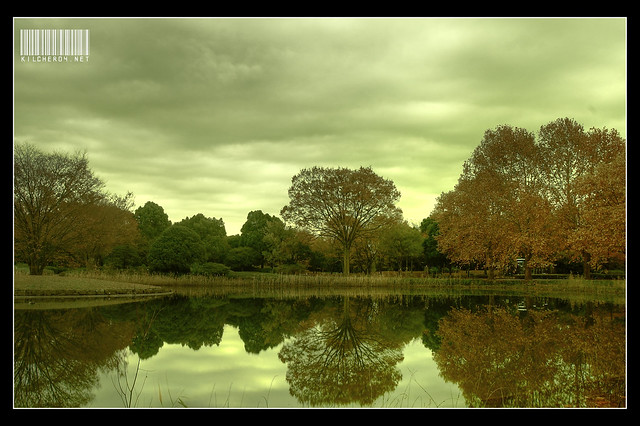
I’m just putting this in here in case I forget and I usually do so … I guess, knowing me, this will be very helpful in the long run.
Now, I don’t do much HDR (I tend to do Nature and Conceptual shots and just recently, Street) but it never hurts to branch away from your comfort zone once in a while eh? And since I tote around my trusty old Nikon D80, I’m listing down some of steps/things to remember on how to configure that camera whenever I get crazy enough to try HDR photography. No, I’m not going to discuss HDR and how it’s done and how it’s supposed to look because frankly speaking I don’t know much about it, just that if done right, it could be really pretty to look at and if done wrong, it will move the viewer to tears (because it will hurt the eyes lol).
Anyway, apparently, the D80 has this feature called Auto Exposure Bracketing (AEB) that makes it easy to shoot photos with the same aperture in three exposures (normal, under, over-exposed) automatically (hence, the A in AEB).
So, without further ado, let’s dive right into the list.
① Image quality → RAW. I usually shoot in RAW so I won’t have to set this most of the time.
② ISO. Go with the lowest (probably 100 in the D80).
③ Focus Mode. Manual.
④ Camera Shooting Mode. If you’re masochistic and just a sucker for doing the nitty-gritty, then by all means use Manual Mode. But usually Aperture-Priority works (in almost anything too, except long-exposure shots).
⑤ Bracketing. From Julien Viet’s blog:
“Press the BKT button and rotate the main dial to choose 3 shoots and the sub-command dial to choose the bracketing increment with the value 2.0EV. At this moment you configured the D80 to change the exposure of the photo each time you shoot. Therefore the first picture you take is a normal one, but the second one will be underexposed by 2EV and the third one will be overexposed by 2EV. The fourth one will be exposed normally.”
Oookay, I’ll try this later on the camera when I get home.
⑥ Shooting Mode → Continuous.
And voila — shoot, shoot, shoot. And then go open your favorite photo-processing software to merge the exposures into an HDR image. (Photomatix, PS CS5, Topaz Labs, some plugin I forgot the name of, yada-yada et cetera).
Other references:
http://blog.julienviet.com/2009/01/06/nikon-d80-hdr-bracketing-tutorial/
http://www.vanilladays.com/hdr-guide/